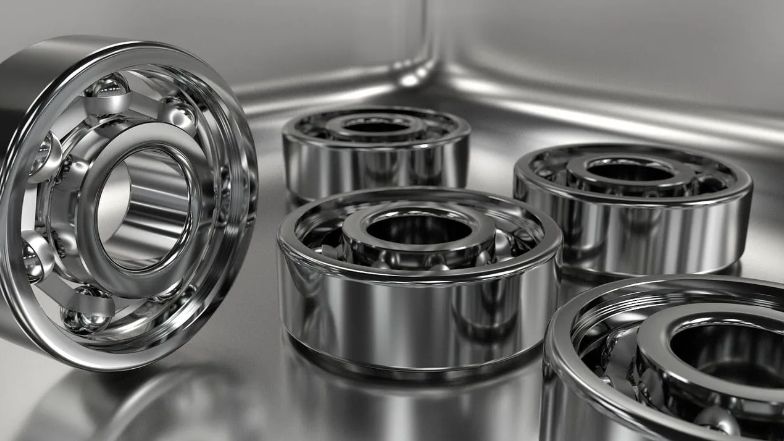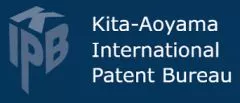As discussed in a previous article HERE, the JPO no longer allows multi-multi claims in Japanese patent or utility model applications with filing dates (or international filing dates in the case of PCT applications entering Japan) on or after April 1, 2022.
Since this rule came in over a year ago, we are starting to see some applications that still contain these impermissible claim formats at the filing or examination stages. Given that any multi-multi claims found at examination will be rejected and subsequent amendments restricted, we shall advise clients on this more clearly for the foreseeable future.
What is a multi-multi claim?
"Multi-multi claims" are officially defined as "any dependent claim that refers to more than one other claim in the alternative ("multiple dependent claim") which depends from any other multiple dependent claims."
The JPO provides this example claim set to illustrate:
[Claim 1] A ball bearing with a specific structure.
[Claim 2] A ball bearing according to claim 1, wherein the inner ring is stainless steel.
[Claim 3] A ball bearing according to claim 1 or 2, wherein the outer ring is stainless steel.
[Claim 4] A ball bearing as claimed in any one of claims 1 to 3, wherein an annular buffer is provided on the outside of the outer ring.
[Claim 5] A ball bearing according to claim 4, wherein the annular buffer is rubber.
Thus, in this case, claim 4 is a multi-multi claim since it is a multiple-dependent claim depending from another multiple-dependent claim (i.e. claim 3). Claim 5 is also classed as a multi-multi claim since it is a dependent claim depending from a multi-multi claim (i.e. claim 4).

Examination of multi-multi claims (and disadvantages to the scope of allowed claims)
If an examiner finds multi-multi claims in a patent application during examination, they will issue a rejection without examining the claims for other patent requirements such as novelty, inventive step, etc.*
If, in response to such a rejection, the applicant amends the multi-multi claims so they are in proper format (i.e. they are no longer in multi-multi-claim format), but as a result of a subsequent examination for other patent requirements such as novelty/inventive step, it becomes necessary for the examiner to notify other reasons for rejection, a FINAL Notice of Rejection will be issued.
Amendments in response to a FINAL Notice of rejection are restricted to i) cancellation of claims, ii) further restriction of claimed elements to that in claims before the amendment), iii) correction of errors, and iv) clarification of ambiguous recitations.
(* Note that utility model applications containing multi-multi claims will be rejected for not satisfying the Basic Requirements in Article 6bis of the Utility Model Act.)
Our advice
Thus, if you discover that your application contains any multi-multi claims after filing, we advise submitting a voluntary amendment before or with the request for examination. This will avoid the possibility of receiving an unnecessary Notice of Rejection with potential constraints on amendments thereafter.
One possible way of correcting a multi-multi claim is to amend the multi-dependency in the claim to that of the lowest-numbered claim only. So in the JPO illustration above, "as claimed in any one of claims 1-3" would become "according to claim 1.''
This diligence is particularly pertinent when filing an application in Japan with a priority claim under the Paris Convention or when transferring an international PCT application into the Japan national phase. It is worth checking if the claims of the priority/ international applications need amending to avoid the multi-multi claim restriction.
Naturally, we will advise you whenever any of the applications we file for you contain multi-multi claims. We will not let any such claims reach the examination stage. We employ specific multi-multi claim detection software for all our clients.
Applications not subject to the multi-multi claims restriction
The ban on multi-multi claims does not apply to divisional applications whose filing dates are retroactive to before April 1, 2022, or to PCT applications whose international filing dates are before April 1, 2022,but which entered the Japan national phase in Japan on or after April 1, 2022.
However, applications with a priority date before April 1, 2022, but whose filing date is on or after April 1, 2022, are subject to the restriction.
For more information, please see the latest Ministerial Ordinance at the JPO HERE (and links therein)
The content of this article is intended to provide a general guide to the subject matter. Specialist advice should be sought about your specific circumstances.

